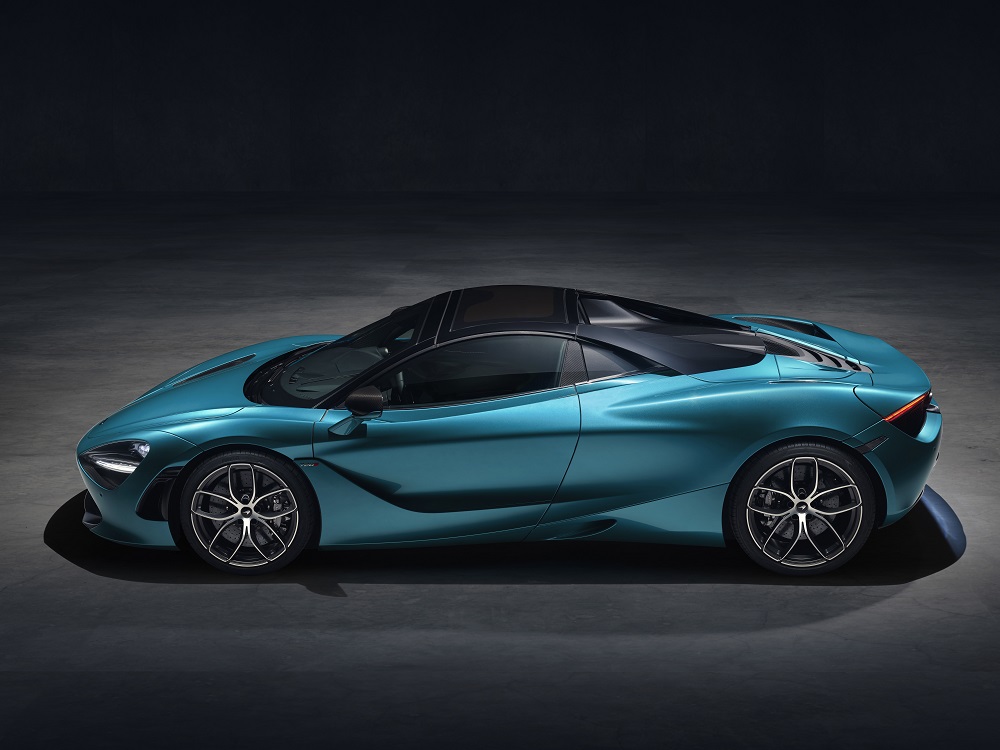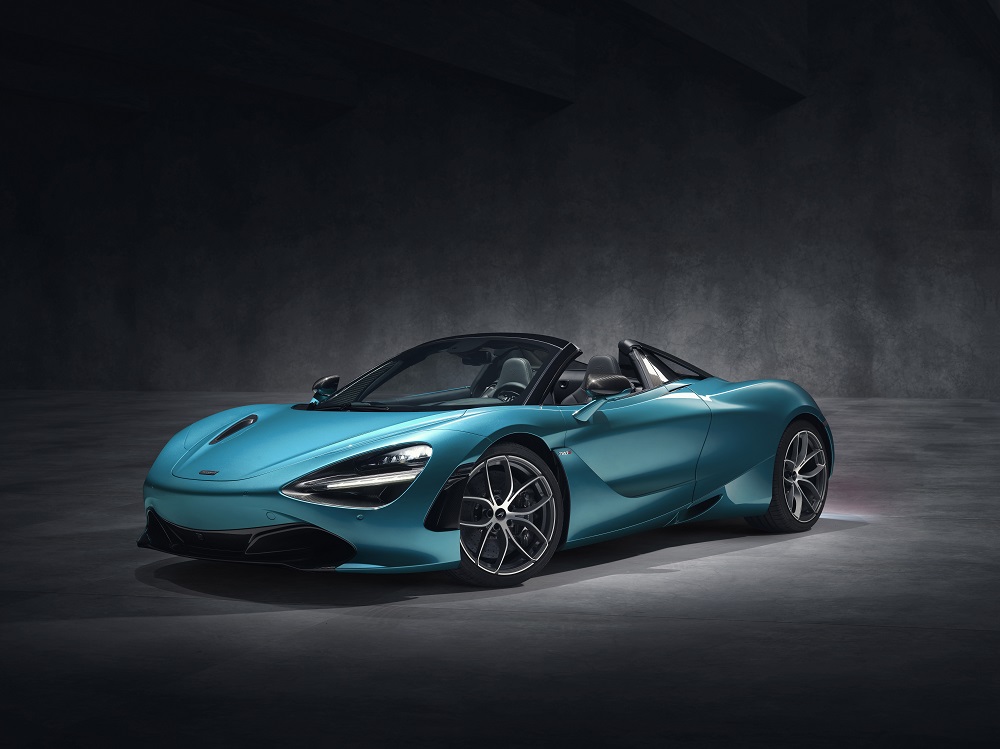New McLaren 720S Spider Lights up the Supercar Class
Second new model under Track25 plan has retractable hard top and starts at $315,000, with deliveries beginning in March.
McLaren Automotive is expanding its “Super Series” family with the introduction of a second new model under its billion-dollar Track25 business plan: the McLaren 720S Spider, which was revealed online December 8 and is available to order now with deliveries commencing in March.
“The new McLaren 720S Spider offers an unparalleled blend of extreme performance, crafted luxury, driver involvement and daily usability–all with the additional exhilaration of open-air driving whenever required,” says McLaren CEO Mike Flewitt. “As the most accomplished convertible supercar ever, the new Spider delivers across a remarkable spectrum of abilities to outstandingly high levels, and as lightest in class with an increase of just 108 pounds over the 720S CoupĂ©, moves us even further ahead of our competition in the weight race.”
The design foundations of the new McLaren Spider are the seamless and organic forms introduced in 2017 with the 720S Coupé. Combining to maximize downforce, minimize drag, enhance powertrain cooling and optimize aerodynamic performance, these shapes produce an overall appearance akin to a futuristic sculpture, formed by the air that flows over, under, around and through it. A new, electrically actuated Retractable Hard Top (RHT) is seamlessly integrated into the design, as are new buttresses.
Carbon Fiber Core for StrengthÂ
Like all McLaren cars, the new 720S Spider has a carbon fiber structure at its core, in this case designated Monocage II-S. The strength, rigidity and light weight of the McLaren Monocage is the base for the dynamic excellence for which McLarens are renowned. The Monocage II-S is a development of the CoupĂ© ’s Monocage II, without the central “spine” running front to rear above the cabin. The rearmost section of the upper structure is also unique to the Spider, to accommodate the Retractable Hard Top; additionally, the header rail across the top of the windscreen has been revised, to integrate the central latching mechanism.
McLaren’s engineering ingenuity, underpinned by the inherent strength and rigidity of carbon fiber, means that despite the removal of the fixed roof there is no need for additional strengthening; even the unusually slim but incredibly strong windscreen A-pillars first seen on the 720S Coupé remain. To provide enhanced rollover protection for occupants, fixed carbon fiber structural supports are integrated into the rear of the Monocage II-S, additionally providing the main anchor points for the roof system and the seatbelts. In the first-generation Super Series, steel supports featured and the switch to carbon fiber has contributed to the Rollover Protection Structure (ROPS) in the 720S Spider being 15 pounds lighter than in the 650S.
Overall, the new 720S Spider is just 108 pounds – or less than 4% – heavier than the 720S CoupĂ©. The increased weight is primarily associated with the RHT and tonneau system. With a lightest dry weight of 2,937 lbs, the 720S Spider is comfortably the lightest car in its competitive set, at 194 lbs less than the 3,131 lbs dry weight of its closest rival. The low weight is the foundation for the dynamic, performance and efficiency benefits that McLaren is so adept at exploiting for the greater enjoyment of its customers.


